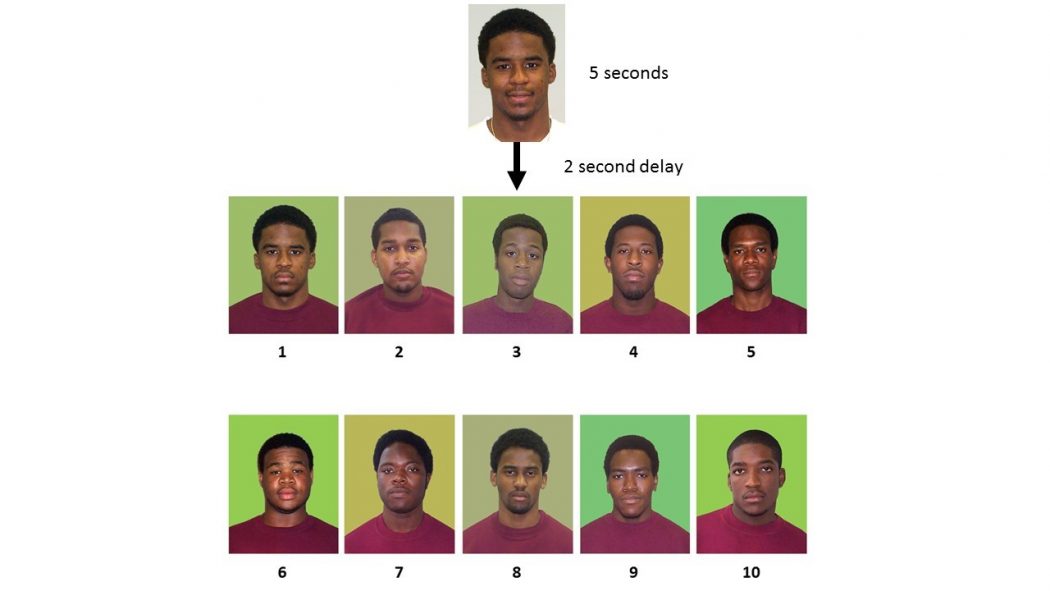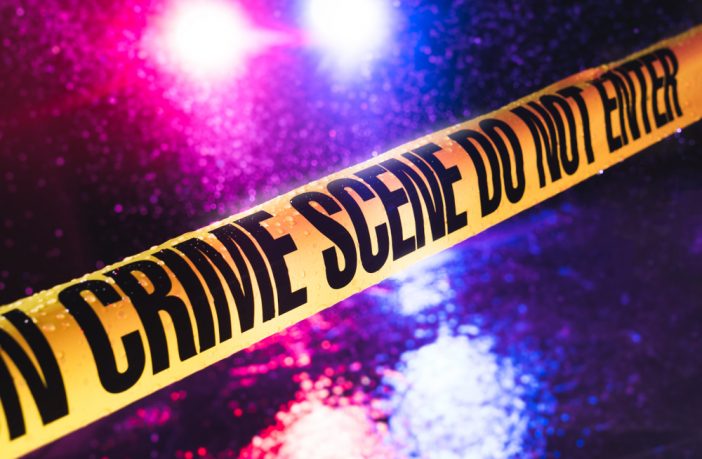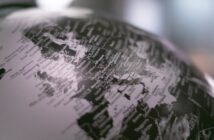New research has found that slight variations in the background colours of green screens used for police identity parades can affect the accuracy of eye witness identifications and increase the likelihood of false IDs of innocent suspects.
- Eye witnesses are better at identifying people the same race as them
- Half of mistaken identifications were white people incorrectly identifying black people
- When it came to correctly identifying the original face, the varied backgrounds did not make a difference
- There were more false identifications with the altered coloured backgrounds
- When people were shown a line-up which didn’t include the perpetrator, regardless of the colour they were likely to pick someone innocent over a third of the time.
Dr Catriona Havard, Senior Lecturer in Psychology at The Open University, led the research which examined the two systems that Police Forces in the UK use for virtual identity parades.

Dr Havard said: “ID parades are one of the most common ways to identify criminals, with police conducting over 100,000 each year in the UK alone, and they can be powerful evidence in securing convictions. However, eyewitness evidence is notoriously error prone. Eliminating any elements which might affect accuracy is one way the Police can help reduce false identifications.”
Researchers ran tests to examine the accuracy of eye witness identifications for own-race and other-race faces and found that people were more accurate in identifying people of the same race as them. The research also concluded that witnesses are more likely to incorrectly identify an innocent face from a line-up when background screen colours are varied.
Eyewitness identification is not used only in the UK, but in a number of countries in Europe and the USA. The Innocence Project, which aims to overturn and prevent wrongful convictions, states, “Mistaken eyewitness identifications contributed to approximately 70% of the more than 350 wrongful convictions in the United States overturned by post-conviction DNA evidence.” The Innocence project also suggests that a suspect should not stand out from the other members of a lineup in any way, and that photographs should be selected that do not bring unreasonable attention to the suspect.
Line-up background variations are problematic
Although line-ups use a standard background, often a screen or a white wall, variations in lighting and cameras can result in slight differences in the hues of background for line-up members. Having differences in the background of the line-ups can mean that some individuals may stand out more than other individuals.
Findings show different background hues affect identification accuracy
The research team created a set of ten images, five of which had very slightly different green background hues. They showed volunteers a face for five seconds then presented the ten faces and asked them to identify the original face shown. Only half of the tests included the original face to test whether the eye witness volunteers would falsely identify someone.

Real world implications for police identity parades
Dr Havard concludes: “The findings of this study have real world implications for reducing cases of mistaken identification that could lead to wrongful convictions. Although there are some factors, such as own-race bias, that can’t be controlled by the police, other factors such as having uniform line-up backgrounds can be controlled. This will ensure that any line-up member doesn’t stand out, and reduce false identifications.”
The research team was Dr Catriona Havard, The Open University, Dr Martin Thirkettle, Sheffield Hallam University, and Dr Stephanie Richter, The Open University.



